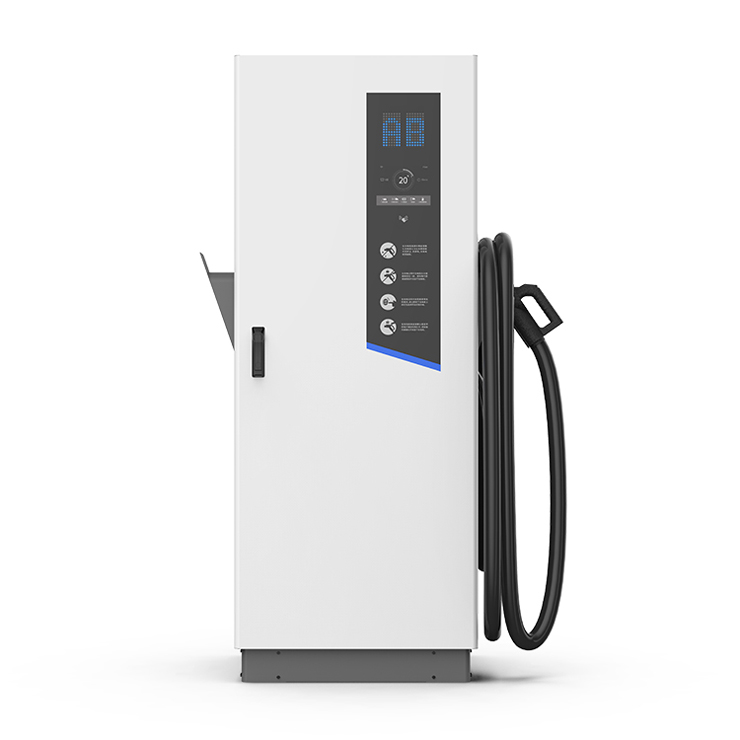
Products
Fast, Reliable, Everywhere

Solutions
Efficient, Innovative EV Charging Solutions.
News
We are committed to the innovation and application of EV charging.
A crucial component of this infrastructure is DC fast-charging stations, which can charge an EV significantly more quickly than a typical Level 2 charger. Not because they lack desire, but rather because they are unsure of how to power one, the average consumer may be turned off by the idea of an electric car. Everyone needs to be informed of how a custom EV charging station works. The batteries of most electric vehicles can charge with direct electric current (DC) electricity; however, some EVs come with a charger that converts AC electricity into DC and then transmits that power to the vehicle's charging connection.

The demand for dependable and convenient EV charging infrastructure increases along with the number of electric vehicles (EVs) on the road. Installing a custom DC electric vehicle (EV) charging points is one approach to ensure your charging requirements are satisfied. A customized DC EV charging station has many advantages over a regular AC charger. An EV may be charged much more quickly with a DC charger than an AC charger, and it can also be customized to the demands of the EV user.
As technology develops, electric vehicles' appeal grows as well. These electric cars will soon outnumber those driven by traditional oil on our highways. Since they may improve fuel efficiency, reduce emissions, and reduce fuel costs, in addition to the simplicity of simply plugging them in at the end of a long, grueling day, electric vehicles are the most environmentally friendly option for transportation. The benefits of having an electric car and a custom EV station compensate for the cost by a significant margin. But if you're thinking about getting an electric car or already owning one, here are some things you should know before investing in a charging station.
Direct current (DC) electricity is used to charge the batteries of electric vehicles at DC charging points. The charging points typically use alternating (AC) or direct (DC), typically found at public charging stations, to recharge the batteries. Electricity from batteries is used to power electric automobiles. An onboard charger receives the electricity and changes it to direct current (DC). The drive motor receives the DC electricity after that, which powers the car. Electricity is intended to be supplied to the onboard charger at electric car charging stations.
Knowing the various available stations is the first step in comprehending how electric vehicle (EV) charging stations operate in Washington, DC. Level 1, Level 2, and Level 3 stations comprise the three primary categories of stations. A level 1 station can charge an EV in around 8 hours using a typical 120-volt outlet.
One of the top businesses offering electric vehicle charging stations is piwin. Our principles are straightforward: we support renewable energy and want to make it available to many people. To do this, we work to provide our consumers with high-quality products and an excellent customer experience through our website and user-friendly apps and by making sure that our customer service is unmatched. PIWIN products support all major electric vehicle brands, and you can determine whether they work with your car before making a purchase. Get a custom DC electric vehicle charging points right away!
